(From the 1998 Zephyr Archives)
“When people ask whether I’m an expert on this area, I tell them I know where the bodies are buried.”
-Barbara Ekker, unofficial historian of Wayne County
“It’s terrible that we don’t teach more about the history of this area; there’s so much fascinating stuff to learn and the kids don’t know any of it.” Hanksville resident Barbara Ekker is ruing the lack of appreciation for local history in school curricula. “When I’ve done substitute teaching and asked them simple questions, they don’t know the answers: Ask ’em where the county seat is and they think you’re talking about furniture. Ask ’em to identify David O. McKay and they think he was the governor; I mean, it’s sad and it makes me angry.”
Ekker, who has made a career out of local history has worked at various times as a bartender, paramedic, waitress, meter reader, and recorder for the National Weather Service. Since 1954, when she and her husband, Jesse, moved to this small town of 250 in the eastern end of Wayne County, she’s written for numerous local and regional papers. Ekker is also the co-author of the forthcoming county history being published (somewhat belatedly, it is true) in December by the Utah Historical Society as part of the state’s sesquicentennial celebration.
Along the way, she’s pulled together oral histories, old diaries and journals, yellowing newspaper articles, letters, and hearsay accounts to produce a massive body of southern Utah information. Say you’re trying to find out more about a murder that occurred in one of Hanksville’s restaurants in the late 1960s. After approaching the sheriff’s office and discovering they don’t have any record of it, what do you do? As a young woman recently discovered, try contacting Barbara Ekker. She’ll delve into her voluminous files and uncover exactly what you’re seeking.
Or where do you turn if you’re putting together the stories from the last generation of ranchers who ran cattle in the area that later became Canyonlands National Park? Once again, Barbara Ekker came to the rescue, providing author Richard Negri with not only the names but the addresses and phone numbers of the surviving Robisons, Chaffins, Hunts, and other clans who once made a living in the Ernie Country. The result of the research may be found in Negri’s book, “Tales of Canyonlands Cowboys.”
A “professional” historian once referred to Ekker’s work somewhat derisively as “grandma stories.” If it bothered the good-humored 64-year-old, she doesn’t let on: “I told him that I’d rather write stories about people than what kind of flowers grow on Boulder Mountain or how deep Lake Powell is,” she relates.
Very likely if that same professional historian took the time to engage Ekker in discussion he’d see her point: She’s an unapologetic chronicler of the involved human saga that has taken place in her backyard, a saga that involves American Indians, Spanish traders and priests, devout Mormon settlers, and agnostic outlaws as well as river-runners, prospectors, storekeepers, and hermits. Press Ekker and she’d undoubtedly concede that the flora of Boulder Mountain is an interesting, even vital, part of the history; however, she’ll leave that arena to other students of the area. (Aspiring Gary Paul Nabhans and Terry Tempest Williamses take note: there’s an opening in Wayne County.)
Ekker’s saga is likely every bit as eventful as the pioneer histories she has chronicled. She grew up in Green River, the daughter of a mechanic who owned a series of garages across southeastern Utah and also a business that hauled freight from Salt Lake City to Farmington, New Mexico. Her mother died of pneumonia before Barbara’s second birthday and her unmarried aunt moved in to help raise Barbara and her sister.
Inspired by her father’s avid journal-keeping, she has written as long as she can remember. Her interest in the outside world was fomented at a young age when she and her childhood friends first leafed through copies of National Geographic. “Those pictures of naked natives were really considered pornographic at the time,” she recalls, “but that’s where I started getting interested in other people and their stories. I’m just nosy, I guess.” Her work was first published in high school newspapers and yearbooks as well as local newspaper. After graduating from Green River High School in 1952, she attended the University of Utah on a journalism scholarship and later transferred briefly to the University of Colorado at Boulder.
In 1954, she returned to southeastern Utah and married her husband of 44 years, Jesse, one of 12 children in a prominent Hanksville family. The two operated the original Ray’s Tavern in Green River for then owner Ray Hatch. They moved to Hansville the following year and, in Barbara’s words, “began rigging up things to make a living.” She explains, “When people ask what we do around here, I tell ’em we keep busy bartering or stealing from each other.” She breaks into an infectious laugh. “But seriously, we just like it here. It doesn’t change that much. Except for the uranium boom in the 50s and the Lake Powell, things pretty much stay the same. Everybody knows everybody else’s business.”
Living in Hanksville has given Ekker an unusual perspective on the world and its happenings, she believes.
“Jess’s mother knew Butch Cassidy when she was a child. She married three times and her third husband took her to Florida to see a rocket launch. I find that remarkable; that before she died in 1976, she went from knowing Butch Cassidy to watching a rocket go off into space.”
Ekker has had her own encounters with the ghosts, real or figurative, of the Robbers’ Roost Gang. In the early 1970s, an elderly man identifying himself as Harry Longabaugh II showed up at the Ekker’s door and told a somewhat farfetched tale about being the illegitimate son of the Sundance Kid and a young schoolteacher named Anna Marie Thayne. Public interest in the Wild Bunch was widespread in the aftermath of the film Butch Cassidy and the Sundance Kid and this penurious stranger had traveled around the Western states speaking before outlaw-history buffs. But Barbara was unconvinced by his stories. “Whether he was for real or not, I don’t know, but I always had my doubts. When he’d tell the stories about meeting his dad in a hotel in Seattle or whatnot, he’d never change a word; it was like he’d memorized a script, or read all the Wild Bunch books so many times he knew ’em by heart.”
Before Ekker and others had a chance to ascertain the truth, their visitor left to visit Butch Cassidy’s sister, Lula Parker, in Circleville. Fearful that the old-timer was trying to take advantage of his mother’s generosity, Parker’s son paid for Longabaugh’s busfare to Ogden where he was scheduled to speak at a library. Following that engagement, he went on to Montana where he died in a hotel fire in 1972. His papers, which he claimed would prove the veracity of his claims, were reportedly destroyed in the conflagration.
“It’s strange,” Ekker muses. “He knew some things that weren’t common knowledge. [Author] Pearl Baker’s son, Joe, went out with him to this old outlaw cabin on the banks of the Green River and Longabaugh, or whatever his name was, knew exactly where to find it; he said his dad had told him that’s where he’d hid out following a shooting at the old Palmer House Hotel in Green River. Joe took some Polaroids of the cabin that day. He was surprised as hell that this old man knew where to find the cabin
“After I heard he’d died in Montana, I wrote the newspaper up there and got a copy of the article they’d run about him; it was the same stories he’d told us in exactly the same words. So he either had a great memory or was a con man, I don’t know which. The truth went up in smoke with him, so I guess we’ll never know…”
Other visitors have been more welcome. She speaks fondly of a group of western enthusiasts led by high school principal and author Ed Kirby. Calling themselves “The Wildcat Gorge Boozing and Wilderness Society,” this looseknit gang of outlaw enthusiasts visit the Robbers Roost area every year for Butch Cassidy’s birthday (April 13, 1866, in care you’re wondering.) “They’re a hilarious bunch,” Ekker says. “Butch Cassidy and the Sundance Kids are their heroes. They’re writing a movie script now that I think a Hollywood studio is going to make. It’s called Gunsight Butte. It’s about Butch and Sundance.”
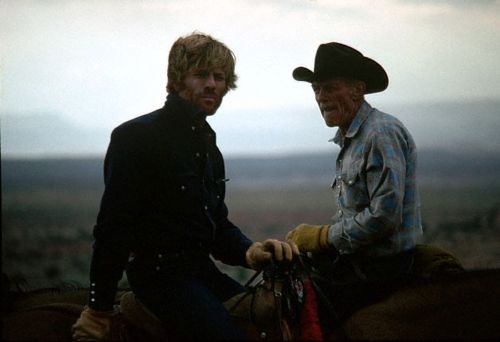
Robbers Roost, Outlaw Trail, Utah, USA — Actor and Rancher Art Ekker Atop Horses — Image by © Jonathan Blair/CORBIS
Another high-profile visitor with Hollywood connections is Robert Redford. “I first met him one day when I’d been out reading meters for GarKane Power,” Ekker reveals. “Pleasant Creek was raging that day and I had to cross it to read a meter, so I waded. When I got back to the house, I had mud up to my knees and there was a strange outfit parked out front. My daughter came to the door and said, ‘Mom, Robert Redford’s here,’ and I said, ‘He’ll just have to wait until I change clothes, Honey.”
Ekker describes Redford as “humble” and “accommodating.” She believes he had already received his comeuppance at the hands of her brother-in-law, Arthur, the famously tough and crusty operator of the Robbers Roost Ranch whom Redford met while palling around with her nephew, rancher and guide, A.C. “Redford spoke at Arthur’s funeral and said that he found out a lot of people could care less about who he was in Hollywood; Arthur was that way.”
On another occasion in the early 1980s, Redford attended an Ekker family reunion that drew an astonishing 785 family members from around the country to southern Utah. Pressed for time after a day of barbecuing and river-running, Redford changed clothes in a bedroom at Barbara’s house before catching a plane, leaving behind his shorts and T-shirt in the rush. “My daughter still has Robert Redford’s underwear and terry-cloth shirt,” Ekker chuckles. “I don’t think she’d give them back if he asked.”
There have been other characters: Claude Symonds, a trapper and river-runner who had a scrape with the law in Texas in the early 1950s and thereafter became a legendary Glen Canyon hermit; Eugene Siminson, mayor for a time of Green River and one of the first women pharmacists in the state; Bracken Lee, Libertarian-minded mayor of Price and later Salt Lake City; retired dentist and rockhound A.L. “Doc” Inglesby of Fruita; and Pearl Baker, who grew up on the Robber’s Roost Ranch and later wrote good basic histories on the outlaws and cattlemen of the area, debunking many myths in her work.
Just as she rues the lack of interest in teaching or appreciating history, Ekker is mildly critical of contemporary society. “Old-timers just seemed to have more common sense, “she opines. “Let me give you an example. Jess’s brother, Arthur, took a community herd of cows from here over to Green River and helped load ’em on a train. He took them the whole way to California and brought everyone back their money. You know how old he was? Fourteen. They had it had back them and they grew up fast. They knew how to do things. Today, I don’t think a 14-year-old has enough sense to even get from here to Green River. They had a better start in the bygone days. Kids today spend more time playing around than they do getting educated.”
But she’s happy to note that some of the “old-time” values have remained viable in Hanksville particularly among the older generation. “There’s still a sense of caring here that you don’t find in cities,” she opines. “If the fire alarm goes off, everybody pitches in. We had a fire in ’90 that about wiped us out. I’d hate to think what would have happened if our neighbors hadn’t been there to help us rescue things.”
Ekker’s future plans including writing a true, unadulterated history of Wayne County: “I would really like to do something like Negri did [in Tales of Canyonlands Cowboys] and tell the truth about some of the characters here; there’s no shortage of characters here, you know.” She laughs her infectious laugh. “I just don’t know if anybody will speak to me when I get done.”
After all, she knows where the bodies are buried.
BARBARA EKKER died on October 6, 2013 at the age of 79.
Barry Scholl lives in Salt Lake City.

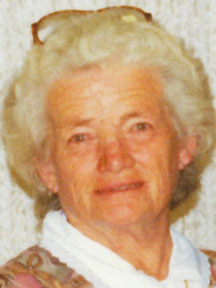
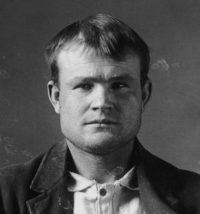
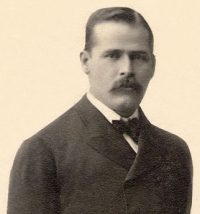
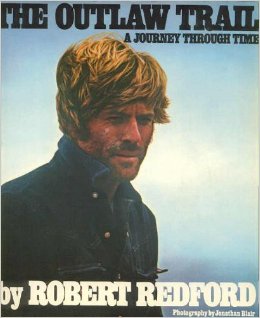
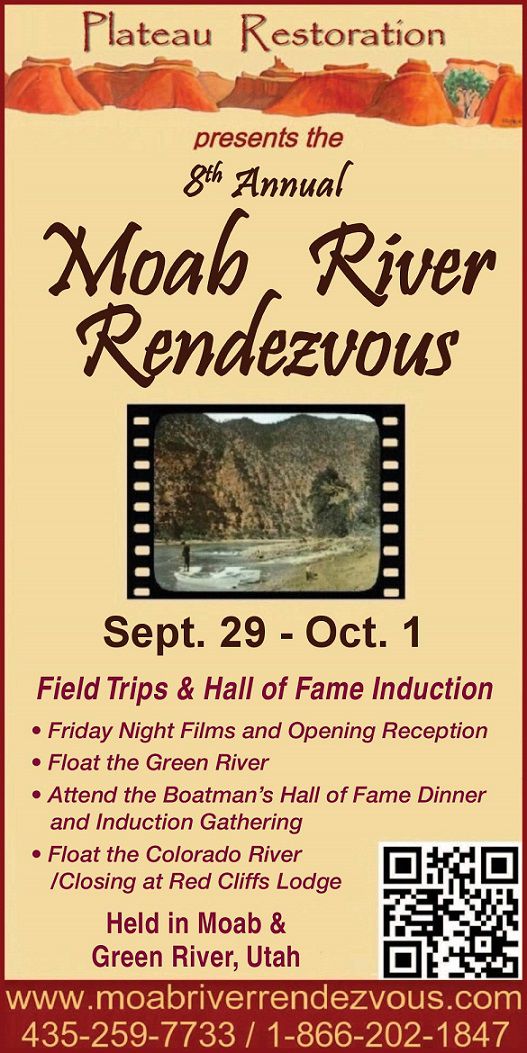

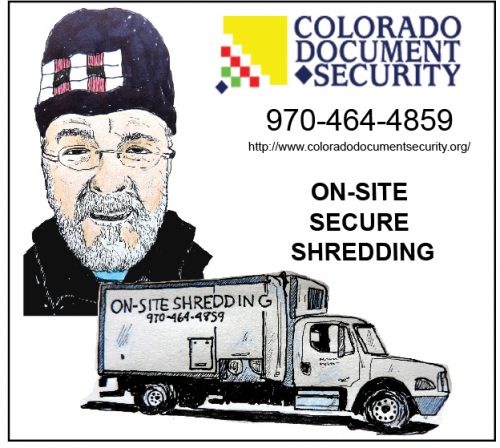



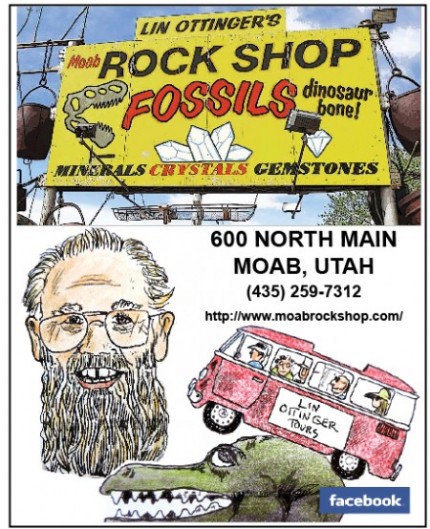
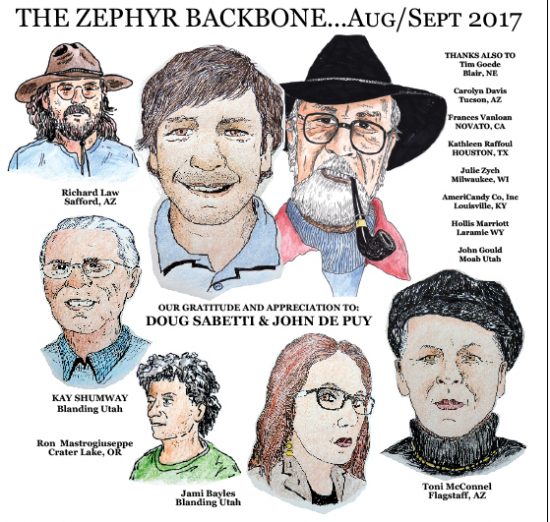
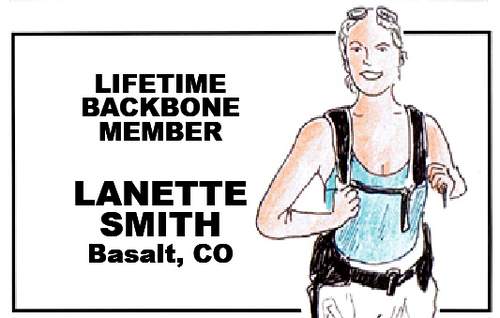
Ms Ekker
Whose bodies are they that wasn’t mentioned?
She was quite a lady. Knew her well.
I briefly dated Barbara Ekker the daughter ,who then moved to Ely,Nevada. I would sure like to meet and see her again, and wonder what she is up to.
Mark Evans
I have fond memories of Barbara. She was a great lady who told it like it was. She gave me a memorable tour of Robbers Roost and environs and her stories were always accentuated by a brilliant sparkle in her eyes. She will be missed.